When lithium-ion batteries are exposed to freezing temperatures, performance suffers, and in extreme cold, they can stop working altogether.
At -20°C (-4°F), chemical reactions inside the battery slow down so much that discharge weakens and charging becomes dangerous.
Yes, lithium-ion batteries can freeze, and if you try to charge a frozen battery, you might trigger internal damage like lithium plating. Cold weather doesn't just affect your fingers; it messes with your battery's chemistry, too.
In this guide, we’ll break down how freezing temperatures affect lithium batteries, what to do when that happens, and why EBL batteries are designed to power through winter.
Key Takeaways
- Lithium-ion batteries can freeze below -20°C (-4°F), which reduces performance and may cause permanent damage.
- Never charge a frozen battery — it can trigger lithium plating and destroy the battery.
- EBL’s lithium batteries are engineered to operate from -20°C to 60°C, ideal for winter or outdoor use.
- The “Li-ion battery freezer trick” is risky, outdated, and not recommended.
- Use insulated storage, moderate charging, and cold-ready battery packs for best cold-weather performance.
Table of Contents
- Can Lithium-Ion Batteries Freeze?
- What Happens When a Li-Ion Battery Freezes?
- How Cold Is Too Cold for Lithium-Ion Batteries?
- Is the “Li-Ion Battery Freezer Trick” Safe or Useful?
- How to Prevent Lithium Batteries from Freezing
- What to Do If Your Lithium Battery Freezes
- Why Choose EBL Batteries for Cold-Weather Use
- FAQs
Can Lithium-Ion Batteries Freeze?
What exactly happens inside a lithium-ion cell when it’s exposed to freezing temperatures?
The science of freezing Li-ion batteries
Inside every lithium-ion battery, energy flows through a chemical reaction that moves lithium ions between the anode and cathode via an electrolyte. This process is temperature-sensitive.
As temperatures fall below 0°C (32°F), the electrolyte becomes more viscous—think maple syrup straight from the fridge. This slows the ion transfer and spikes internal resistance.
At -20°C (-4°F), many lithium-ion cells struggle to maintain even basic performance.
Charging is an even bigger concern. At freezing temperatures, lithium ions can plate onto the anode rather than inserting into it. This metallic lithium buildup is irreversible and can cause capacity loss or internal short circuits—this is one of the biggest risks of charging a frozen lithium battery.
According to Battery University, discharging at low temperatures is relatively safe (although power drops), but charging below 0°C should be avoided unless you’re using a battery with specialized low-temperature charging support, like EBL’s cold-resistant models.
Do all lithium batteries behave the same in the cold?
Not exactly. Most consumer lithium-ion batteries—like those in phones, laptops, or power tools—use lithium cobalt oxide (LCO) or lithium nickel manganese cobalt oxide (NMC). These tend to suffer quickly in freezing weather.
But lithium iron phosphate (LiFePO4) batteries, often found in solar and backup systems, have a wider operating temperature range.
Some newer chemistries, like EBL’s advanced 1.5V lithium rechargeable batteries, are designed to discharge at -20°C without degrading.
A typical li ion battery freezer setup without engineering for low temperatures is a recipe for poor performance—or worse.
Difference between cold storage and freezing
Cold storage and freezing might sound similar, but for lithium batteries, the difference is night and day.
Cold storage means keeping the battery at a safe low temperature—typically 10–20°C (50–68°F)—and partially charged (around 40%) to reduce chemical aging. It's a good practice when storing batteries long-term.
Freezing, on the other hand, means temperatures have dropped below 0°C and into dangerous territory. At this point, the electrolyte slows or freezes, and the separator materials inside can shrink or crack. A frozen battery left in this state too long may show zero voltage, refuse to recharge, or become permanently damaged.
The li ion battery freezer trick people talk about blurs the line dangerously. Most consumer-grade lithium cells aren’t built to withstand actual freezing, and reviving them via your kitchen freezer is more likely to kill them than cure them.
What Happens When a Li-Ion Battery Freezes?
When temperatures dip well below zero, your lithium-ion battery starts showing signs it’s out of its element.
These warning signs are easy to miss—until your phone shuts off at 40% or your flashlight dies mid-camping trip.
Let's look at how freezing weather quietly sabotages your battery, one reaction at a time.
Battery failure symptoms in cold weather
The first sign that your Li-ion battery is struggling is the sharp drop in runtime.
In freezing temperatures, you might notice your battery-powered gear shuts down even though the charge indicator still reads high.
That’s not your device lying—it’s the cold slowing down the internal chemistry to a crawl.
Lithium-ion batteries can lose up to 40% capacity at -20°C. That’s enough to make your drone fall from the sky or your GPS die mid-hike.
Another common failure symptom is reduced voltage under load. You turn on a headlamp, and the beam instantly dims or shuts off. The battery simply can’t supply the current needed at cold temperatures. Even if the cell isn’t “dead,” it might be functionally useless.
Lithium plating and permanent damage risks
One of the most dangerous consequences of freezing a lithium-ion battery happens during charging.
If you plug in a battery that’s below 0°C (32°F), it doesn’t behave like it should. Instead of inserting lithium ions into the anode structure, the ions plate onto the surface as metallic lithium—a process called lithium plating.
Here’s the bad news: lithium plating is irreversible. Even a single cold charge can reduce your battery’s lifespan for good. Repeated low-temp charging increases internal resistance, decreases usable capacity, and raises the risk of internal short circuits.
To put it simply, charging a li ion battery freezer-cold is like pouring water into a frozen pipe. It doesn't go where it should, and eventually, something cracks.
EBL’s advanced protection circuits prevent charging in unsafe temperatures, which makes them a better choice if your devices often go from car trunk to mountaintop.
Reduced discharge rate and voltage drop in cold
Think of your battery as a team of workers moving boxes (electrons) from one side to another. In warm weather, they hustle. In the cold, they shuffle slowly in big coats. The result? Fewer electrons get moved, and your device underperforms.
At low temperatures, internal resistance increases significantly. That leads to a voltage drop under load, even if the battery is fully charged. Devices that rely on stable voltage (like medical equipment, flashlights, or DSLR cameras) will shut off suddenly. This isn’t just annoying—it can be dangerous.
That’s why winter adventurers, hunters, and photographers are switching to cold-rated cells with stable discharge curves, like EBL’s -20°C rated lithium options. These aren’t just better-performing—they’re designed to survive and function where others fail.
How Cold Is Too Cold for Lithium-Ion Batteries?
When winter hits hard, it’s not just your fingertips going numb—your battery is feeling it too.
Lithium-ion cells have strict temperature boundaries for performance, storage, and safety. Cross them, and you’re risking more than just a low battery warning. You’re entering the zone where capacity tanks, voltage collapses, and long-term damage kick in.
Let’s look at what temperatures are safe, which ones are risky, and how EBL batteries are built to keep running even when the weather turns brutal.
Operating vs storage temperature limits
There’s a big difference between using your battery and storing it. Most standard lithium-ion batteries operate safely between -20°C and 60°C (-4°F to 140°F). But those numbers aren’t interchangeable with storage specs.
Storage temperature is the safe range in which a battery can sit unused without degrading. For lithium-ion, that’s generally between -20°C and 25°C. Go beyond that—even in storage—and you risk faster chemical aging, capacity loss, or the dreaded zero-voltage lockout.
When charging is involved, the threshold tightens. The recommended charging range is usually 0°C to 45°C, and charging below freezing is where damage, like lithium plating, can occur fast.
Stashing your gear in a frozen garage or leaving a power bank in your car overnight? That’s how cold storage becomes a problem. If your battery sits too long in freezing conditions, even without being used, it might not wake back up.
At what temperature do lithium-ion batteries fail?
Failure doesn’t always mean explosion—it often starts subtly. A freeze li ion battery event typically triggers the first signs of failure between -20°C and -30°C. Below that, electrolyte viscosity increases so much that ions can barely move. You might see:
- Sudden power drops
- Inability to hold a charge
- Total shutdown under moderate load
Repeated exposure to these extreme lows doesn’t just slow performance—it accelerates battery degradation. Cold damage is cumulative, and unlike overheating, it often shows no physical signs. That’s why many users are blindsided when their battery “suddenly” dies weeks after a cold snap.
As MIT research on battery aging shows, subtle mechanical stress and lithium buildup from cold cycles are enough to cut battery life by 20-30%, even if no error messages pop up.
EBL’s certified specs: -20°C to 60°C
Not all lithium batteries are made equal. EBL's 1.5V rechargeable lithium batteries are certified to operate from -20°C to 60°C, offering:
- Reliable discharge performance even in below-freezing temps
- Smart charging protection to avoid lithium plating
- Low self-discharge for long-term winter storage
This means you don’t have to worry if your flashlight, camera, or sensor gear is stored in the trunk overnight. When it’s time to power up, your battery’s ready.
For photographers, travelers, and tech lovers in freezing regions, EBL provides cold-tested reliability where cheap cells just can’t compete.
Learn more: how lithium-ion batteries work
Is the “Li-Ion Battery Freezer Trick” Safe or Useful?
You’ve seen the YouTube hacks. You’ve read the Reddit threads. Someone swears by the li ion battery freezer trick to bring a dead battery back to life. The idea sounds just risky enough to be brilliant, but let’s not confuse viral advice with actual battery science.
Freezing lithium-ion cells might occasionally coax a response from completely flat batteries, but more often than not, it ends with a ruined cell, not a revived one.
Let’s unpack where this trick comes from, why it’s outdated, and what you should do instead.
What is the battery freezer trick?
The battery freezer trick involves placing a seemingly dead or non-charging lithium-ion battery into a freezer for several hours or overnight. After that, the user allows it to return to room temperature and attempts to recharge it.
Some folks even go as far as wrapping it in a paper towel, sealing it in a Ziploc bag to prevent condensation, and hoping for magic.
The idea originated decades ago, mostly with NiCd (nickel-cadmium) or NiMH (nickel-metal hydride) batteries. These chemistries suffered from “memory effect” or voltage depression, and freezing sometimes helped reset internal resistance temporarily.
But for lithium-ion batteries? Different chemistry, different rules. And not a trick you want to mess with.
Why freezing a battery to “revive” it doesn’t work (most of the time)
Modern lithium-ion cells don’t benefit from being frozen. In fact, freezing li ion battery cells can damage the electrolyte and separator layers inside the battery. When you later apply a charge, the risk of internal short circuit, swelling, or capacity loss increases dramatically.
Why does it sometimes appear to work? In rare cases where the battery’s internal protection circuit has shut down after detecting over-discharge, cold temperatures can alter internal resistance just enough to fool the BMS (battery management system) into restarting briefly.
But this is short-lived, and it doesn’t restore real performance. Think of it like slapping duct tape on a leaking gas tank. Sure, you might get a mile or two, but it’s not safe, and it won’t last.
As the U.S. Consumer Product Safety Commission advises, improper charging or tampering with lithium-ion batteries can result in fire or injury. Freezing, piercing, or heating are all listed as dangerous misuse scenarios (source).
So no, freezing a battery isn’t a useful maintenance tool. It’s a risky roll of the dice.
Safe alternatives for restoring weak Li-ion cells
If you’ve got a weak or non-responsive lithium-ion battery, skip the freezer and try these safer, science-backed steps:
- Use a smart charger with low-voltage recovery: Some chargers can slowly revive over-discharged batteries by using a gentle trickle current (0.1A–0.2A). EBL chargers have this feature built in to help recover borderline cells.
- Warm the battery to room temperature: If your battery has been stored cold, let it sit indoors for a few hours before attempting a charge. Never charge a battery below 0°C.
- Check with a multimeter: If the voltage reads below 2.5V, some battery management systems may lock out charging. Specialized chargers or professional battery resets may help, but if the cell is aged or degraded, it’s time to replace it.
- Recycle and replace: If your battery won’t recover even with the right tools, don’t risk it. Recycle it properly and grab a replacement that’s built for better cold-weather resilience.
Pro tip: EBL’s rechargeable lithium batteries include built-in temperature protections and smart circuitry to handle cold weather and deep discharge events. Don’t play guessing games with frozen cells—choose a battery that’s engineered to last.
How to Prevent Lithium-Ion Batteries from Freezing
When the forecast drops below freezing and you’re packing batteries for a ski trip, winter hike, or just leaving your power bank in the car overnight, the goal is simple: keep your batteries functional, not frosty.
Preventing a freeze li ion battery disaster isn’t rocket science—it’s about knowing how lithium-ion batteries react to cold and taking a few precautions.
These aren’t theoretical tricks—they’re proven habits from outdoor pros, photographers, and everyday users in cold cities like Chicago and New York.
Storage tips for winter (partial charge, insulation, dry bags)
Start with the golden rule: never store a lithium-ion battery fully charged or empty for long periods, especially in cold environments. Aim for about 40-60% charge before stashing them for winter.
Why?
A fully charged battery is under more internal stress, and a fully depleted one is at risk of slipping into a voltage state too low to recover. Cold temperatures magnify both problems.
Insulation is your best friend. Keep batteries in:
- Padded gear pouches
- Dry bags with insulation
- Thermally lined containers
If you're storing batteries in a garage, car, or basement, think like you're storing food—cool, but not freezing. Try to keep them above 0°C when possible.
Humidity matters too. Cold air condenses moisture when it warms back up, and condensation can corrode contacts. Always store your batteries in dry containers and away from metal objects.
Using portable heaters or keeping batteries close to the body heat
Outdoors in the snow? Your own body is one of the best heaters you’ve got. Slip spare batteries into an inner jacket pocket instead of leaving them in your backpack.
If you’re running gear off a power bank or portable power station (like EBL’s solar units), try this:
- Wrap the battery in a soft cloth or insulation sleeve.
- Use a hand warmer pack in the same pouch to regulate temperature.
- Keep the device and battery inside a sleeping bag or tent overnight during camping.
For those in the overlanding or RV community, small 12V portable heaters or heated storage compartments are worth the upgrade. Just avoid putting lithium-ion batteries near direct heat sources—no radiators, campfires, or boiling water hacks, please.
Winter charging do’s and don’ts
Charging lithium-ion batteries when cold is where the most damage occurs. Here’s how to stay on the safe side:
✅ DO:
- Warm the battery to room temperature before charging.
- Use chargers with temperature sensors or protection circuits (EBL chargers do this automatically).
- Charge indoors when possible, even if you used the battery outdoors.
❌ DON’T:
- Charge below 0°C (32°F).
- Leave the battery in the car connected to a charger overnight.
- Force-charge a battery that refuses to charge when cold.
If you’re camping or traveling in freezing temps, consider pre-charging an EBL portable power station and using it to power or recharge gear during the day. These are designed for rugged, off-grid use and can tolerate variable conditions better than consumer power bricks.
One more thing—don’t assume cold weather is a rare problem. According to NOAA, over 70% of the U.S. population lives in areas with sub-freezing winter temperatures. A little prep goes a long way.
What to Do If Your Lithium-Ion Battery Freezes
Even with the best precautions, sometimes your li ion battery freezer moment just… happens.
Maybe you left your camera in the car overnight or your power bank chilled out a little too long on a ski slope. Don’t panic—but also, don’t plug it in just yet.
A frozen battery isn’t always a dead battery, but how you handle the next few hours could decide whether it lives or dies. Here’s exactly what to do.
Step-by-step: How to safely warm up a frozen battery
- Remove it from the cold environment immediately. Whether it’s a camera, flashlight, or power tool—get it inside.
- Let it sit at room temperature (68°F/20°C) for at least 2–3 hours. Not in the sun. Not on a heater. Not with a hair dryer. Just… let it breathe.
- Place it on a dry, non-conductive surface, like a wooden table or fabric mat. You want to avoid condensation pooling around the terminals as it warms.
- If it’s removable (like an 18650 or AA pack), open the battery bay so air can circulate.
- After a few hours, use a multimeter or smart charger to test the voltage. If it reads above 2.5V, it’s likely recoverable.
Patience is key. Charging a frozen cell too soon increases the chance of internal shorting or lithium plating, which we've already covered as a big no-go.
When to recharge, when to replace
If the battery has warmed up and your charger accepts it without issue, proceed with a slow, full recharge using a smart charger (like EBL’s). If the battery starts heating up abnormally or doesn’t charge past a certain percentage, it’s a red flag.
Here’s a cheat sheet:
|
Condition |
Action |
|
Battery warms, charges fine |
✅ Recharge & monitor |
|
Charger blinks / won’t start |
⚠️ Try another charger |
|
Voltage reads 0V |
🔁 Attempt trickle charge |
|
Swells, heats up, smells odd |
🚫 Replace immediately |
If the battery is old (2–3 years+) or has seen dozens of charge cycles, replacing it is often the safer, more cost-effective option. You can check local battery recycling programs via Call2Recycle.org to dispose of them responsibly.
Signs your battery is permanently damaged
Not every frozen lithium-ion battery can be saved. Here are the telltale signs it’s time to retire it:
- Bulging or swelling: The casing feels puffed or distorted.
- Discoloration or leaking: Rusty spots, sticky residue, or chemical smell.
- Won’t hold a charge: Even after a full cycle, it drops to 0% within minutes.
- Hot to the touch when idle: Internal damage could be shorting the cells.
- Erratic voltage readings: If your multimeter can’t get a stable number, the internal structure may be compromised.
Trying to reuse a battery showing any of the above can damage your devices, or worse. If you’re unsure, swap it out for a new one and avoid future risk.
If you want long-term peace of mind in cold conditions, opt for EBL’s -20°C rated lithium rechargeable batteries. Designed for photographers, outdoor explorers, and daily users in frost-prone regions, they’re the smart answer to battery cold shock.
Why Choose EBL Batteries for Cold-Weather Use
EBL batteries aren’t just engineered for everyday use—they’re field-tested in real-world cold. From -20°C low-temp resistance to advanced thermal design, our batteries deliver power when others go dark. Here's why we're the cold-weather go-to.
Verified -20°C low-temp tolerance
Every EBL 1.5V rechargeable lithium battery is built with verified operating ranges of -20°C to 60°C.
That’s not marketing fluff—it’s based on rigorous testing under industry standards, including temperature cycling, low-temp discharge, and UN38.3 transport safety testing.
It means you can trust EBL cells to deliver consistent voltage even when other batteries choke. No sudden shutdowns. No frozen voltage crashes.
Our lithium-ion packs are designed for use in:
- DSLR and mirrorless cameras
- Trail cams and GPS trackers
- Winter emergency kits and weather radios
- Flashlights and lanterns in cold garages
Whether it’s New York frost or Colorado backcountry, you’re covered.
Low self-discharge rates for seasonal storage
Many lithium-ion batteries slowly leak power when left unused, especially in the cold. But EBL batteries are made with ultra-stable internal chemistries and smart protection circuits, offering self-discharge rates as low as <2% per year (in ideal conditions).
So when you pull out your emergency flashlight three months after tossing it in your trunk, it still turns on.
Perfect for:
- Winter cabin gear storage
- Backup devices at work
- Power banks in bug-out bags
No babysitting. No bi-weekly top-offs. Just long-shelf-life reliability.
Trusted by professionals, adventurers, and emergency preppers
Photographers in Alaska. Storm chasers in Texas. Technophiles in Los Angeles. We’ve seen EBL batteries powering critical devices across some of the coldest, riskiest, and most demanding environments in the U.S.
Our cold-tested batteries are recommended for:
- First responders and emergency medical kits
- Outdoor photographers shooting in snow, fog, or below-freezing temperatures
- DIYers and mechanics working in unheated garages
- Families prepping go-bags for storms, blackouts, and wild winters
Not every battery is ready for that kind of trust, but that’s exactly the performance we design for.
EBL’s innovation in thermal safety design
Cold is only part of the equation. The real win is cold performance + safety + rechargeability—and that’s where EBL leads.
EBL battery won’t just survive cold. It’ll recover fast, charge safely, and last longer—up to 1,000 cycles with proper care.
Pair your batteries with our EBL smart chargers, and the ecosystem handles everything from temp protection to optimal recharging speeds—so you can focus on the moment, not micromanaging power.
EBL’s Cold-Weather Power Promise
Cold weather doesn’t have to mean dead batteries. Whether you’re hiking icy trails in Colorado, braving a New York snowstorm, or just trying to keep your flashlight alive in the garage, the right lithium-ion battery makes all the difference.
Freezing temperatures can freeze a Li-ion battery’s performance—but with the right design, it doesn’t have to.
EBL batteries are built for real-world winter, with tested resilience, smart protection circuits, and long-lasting power when you need it most.
Don’t gamble on viral tricks or unreliable cells. Power your devices with batteries made for the freeze—rechargeable, dependable, and ready when you are.
FAQ
At what temperature do lithium-ion batteries fail?
Around -30°C, performance collapse or internal damage is likely. Avoid use at that level.
How do you keep lithium batteries warm in cold weather?
Store with partial charge in insulated bags, near body heat, or indoors when possible.
How do you restore a lithium-ion battery in the freezer?
This trick is outdated and can be dangerous. Instead, warm the battery to room temp and recharge using EBL’s smart chargers.
What are the best batteries for cold weather?
Batteries with low-temp discharge ratings like EBL’s 1.5V Li-ion and LiFePO₄ models are optimal for cold climates.

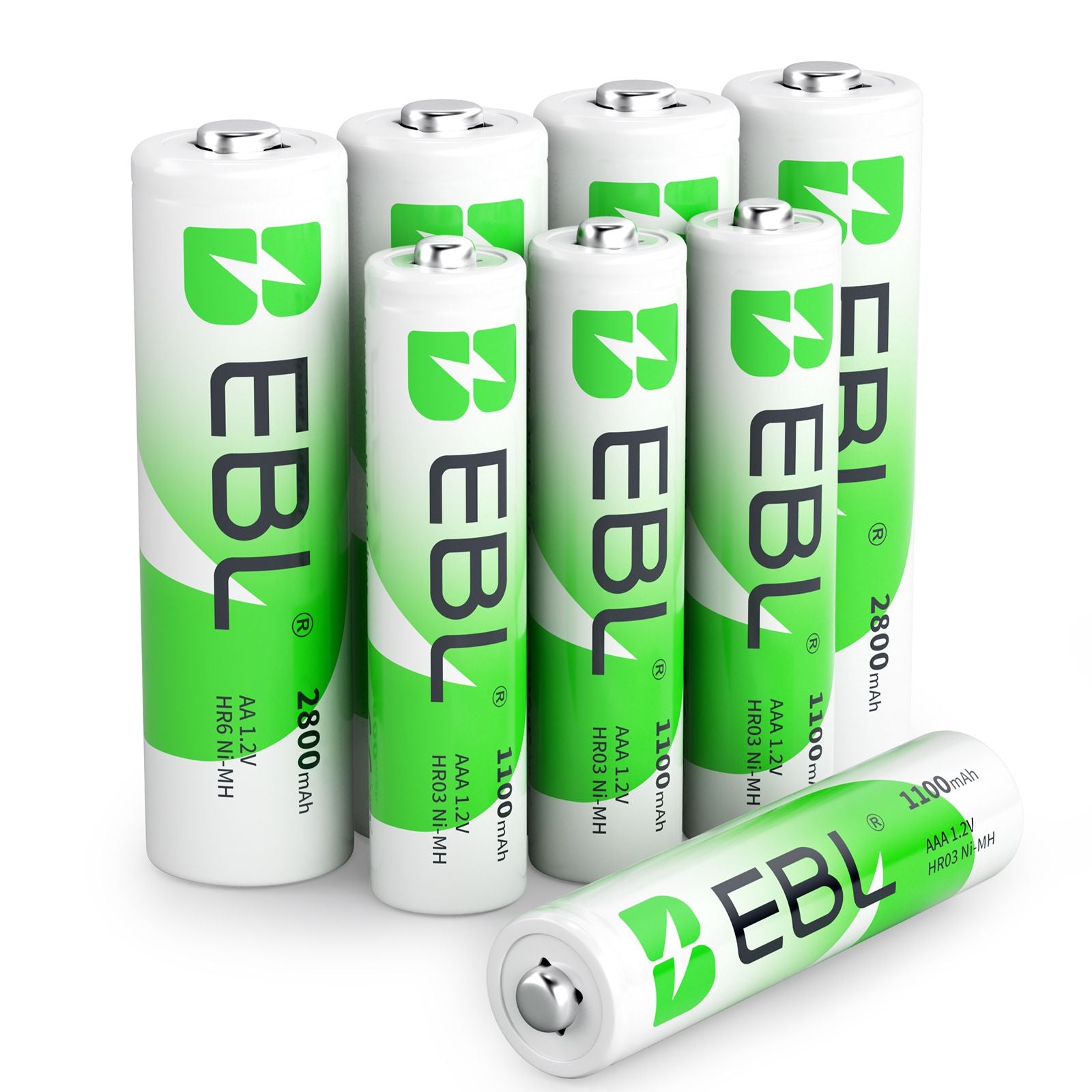

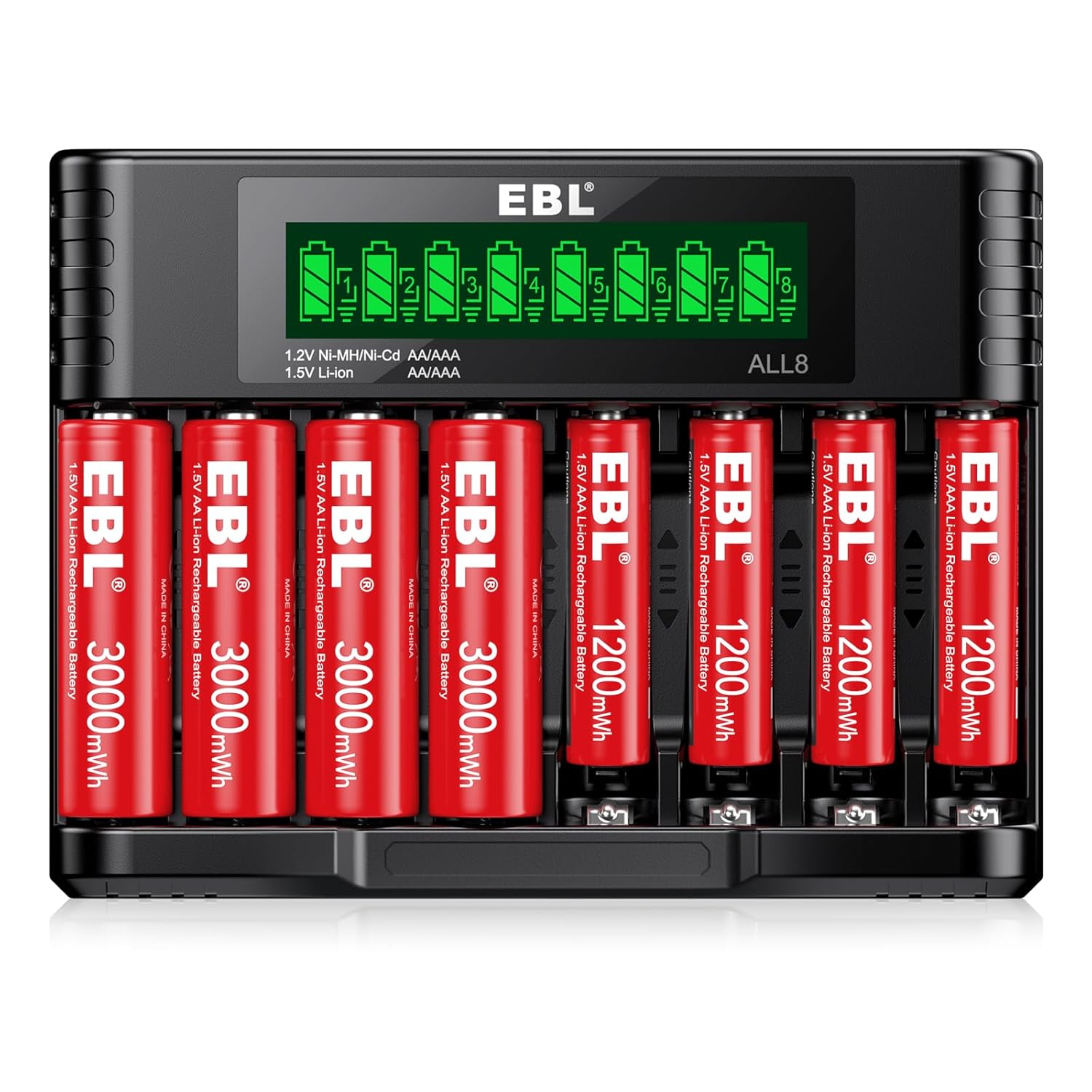

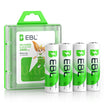
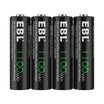
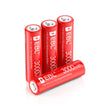
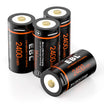
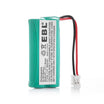
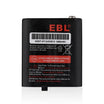
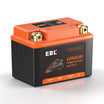
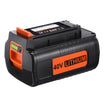
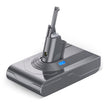
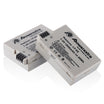
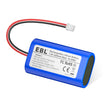
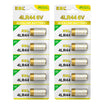
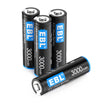
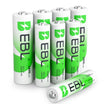
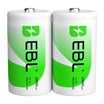
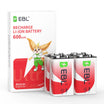

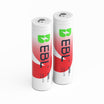
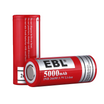
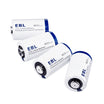
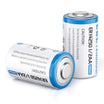
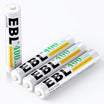
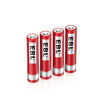
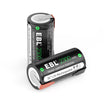
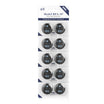
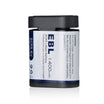
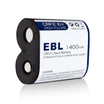
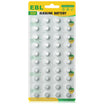
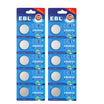




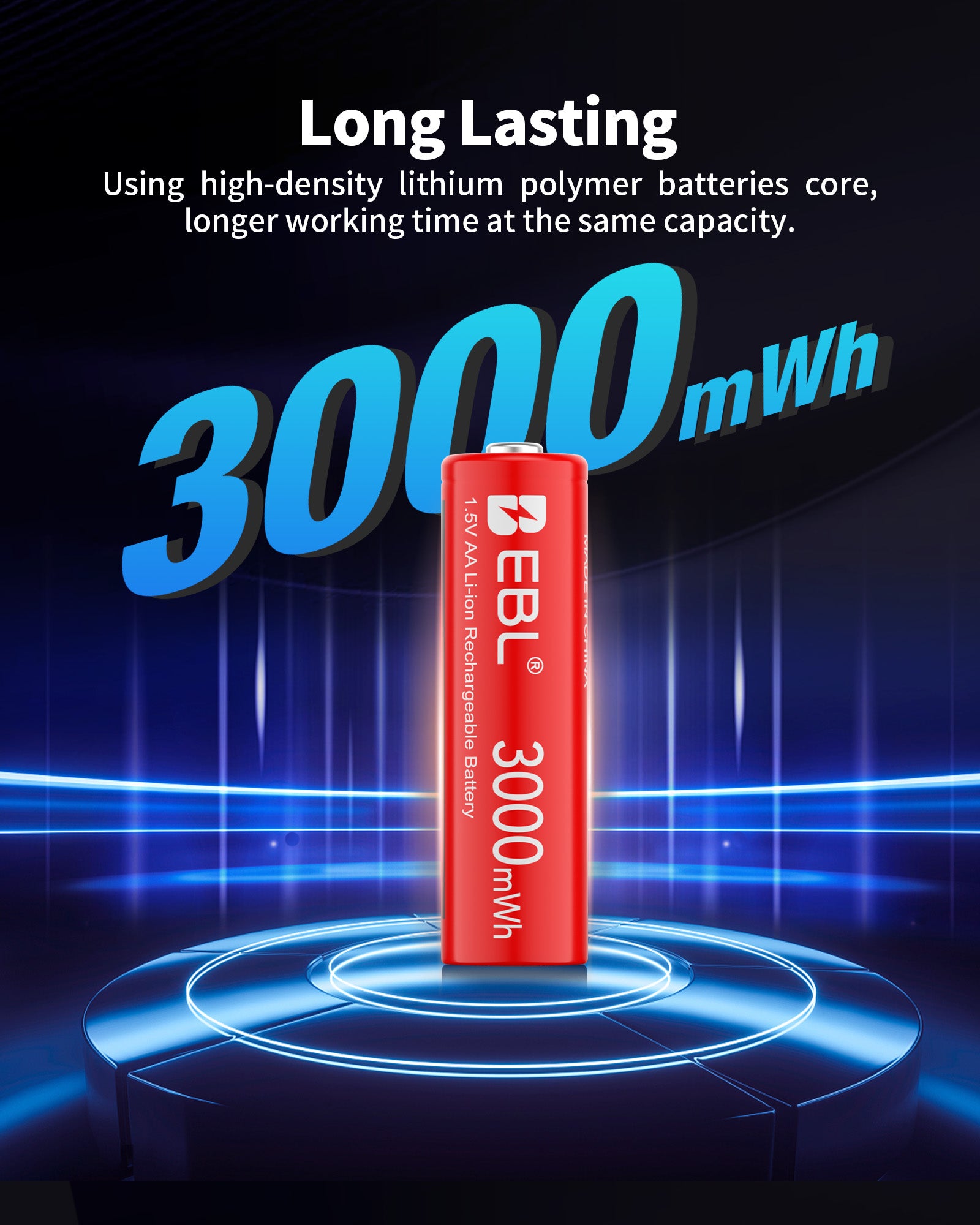
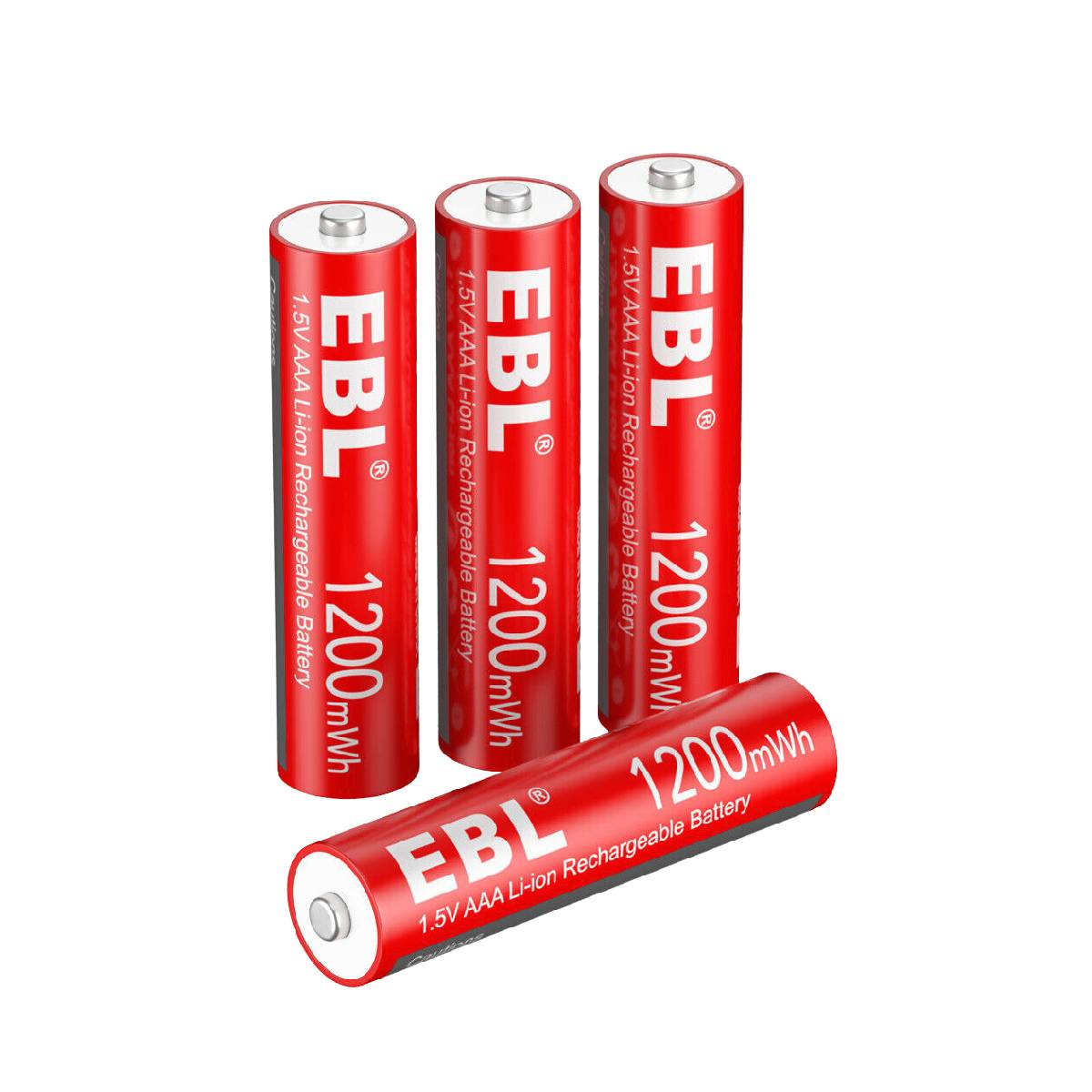
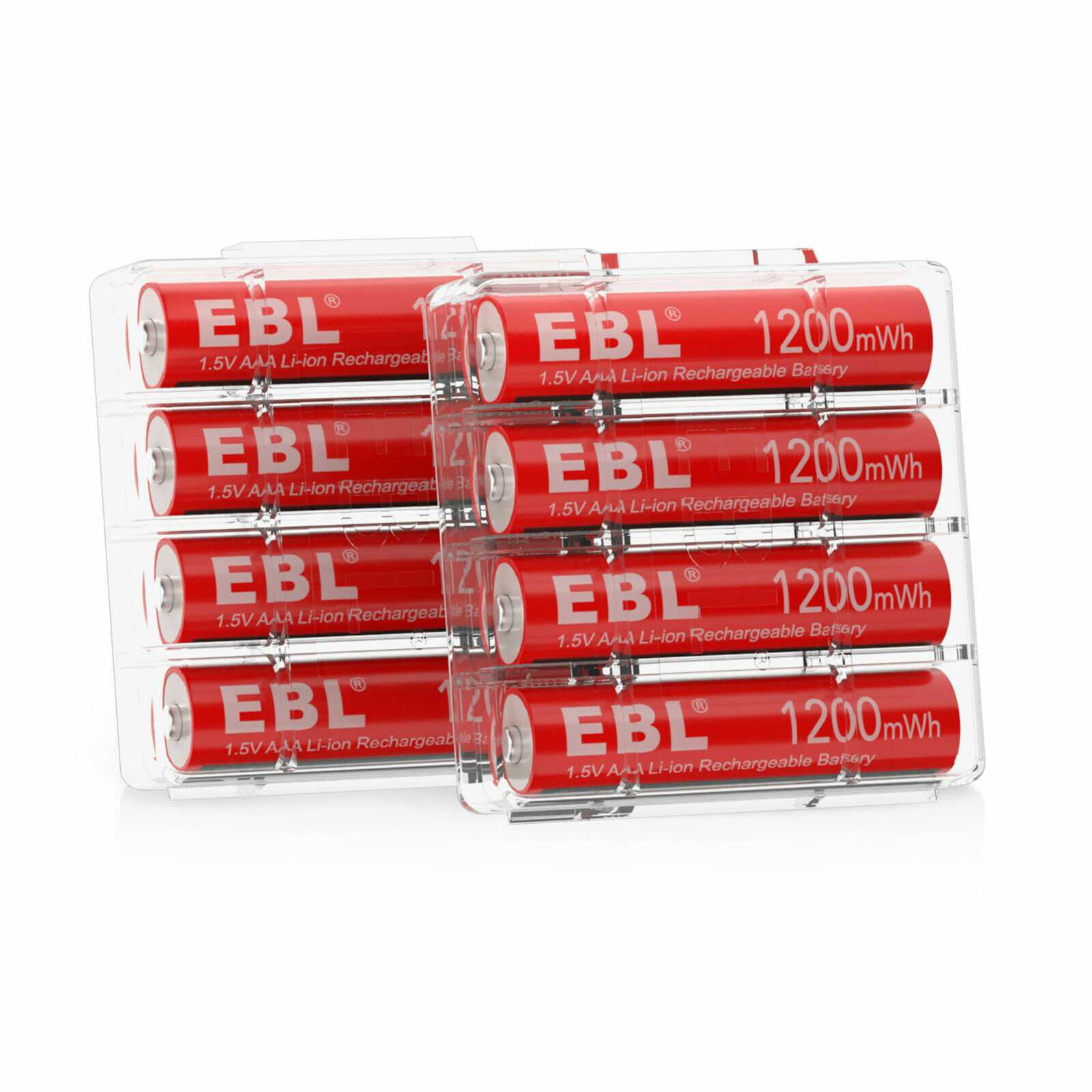
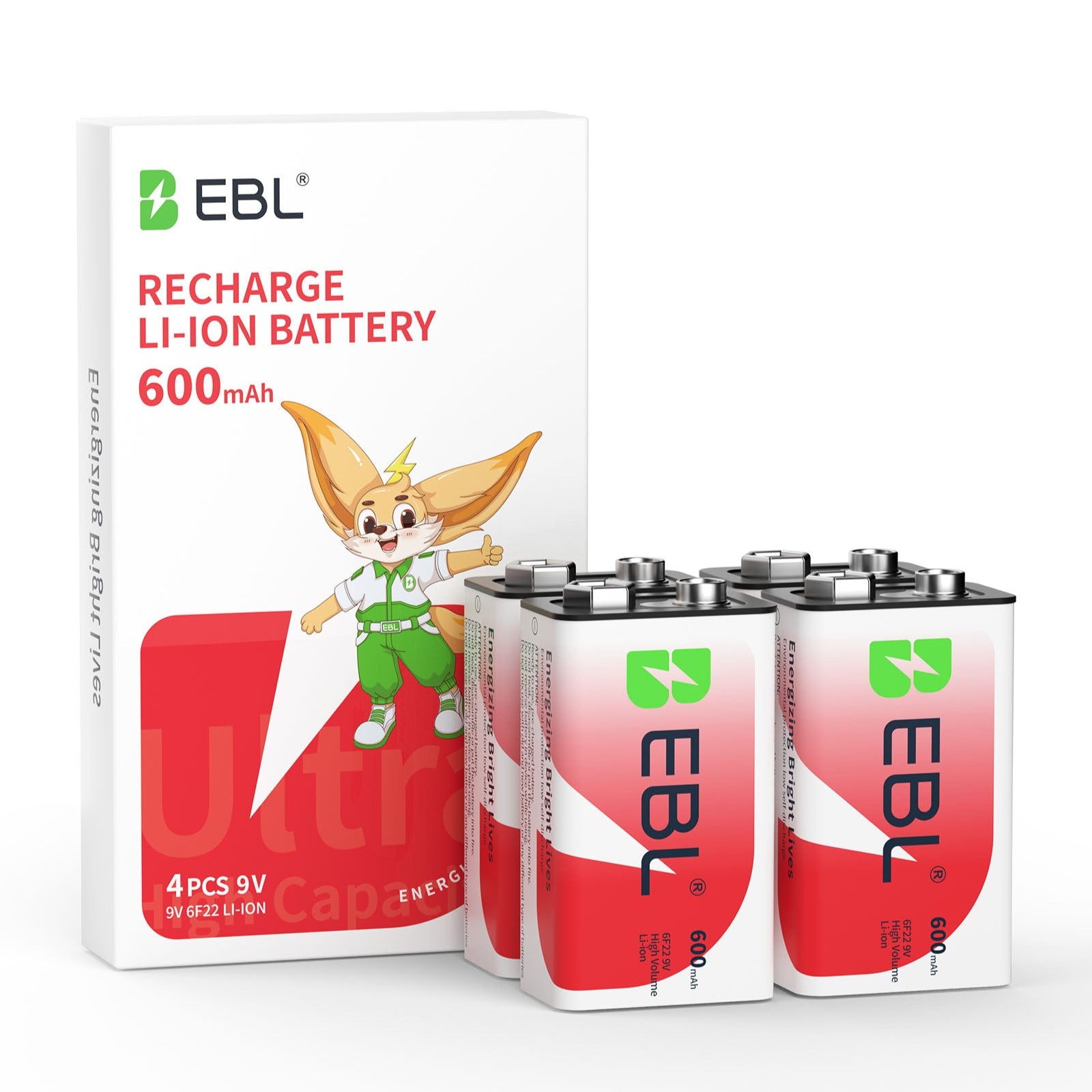
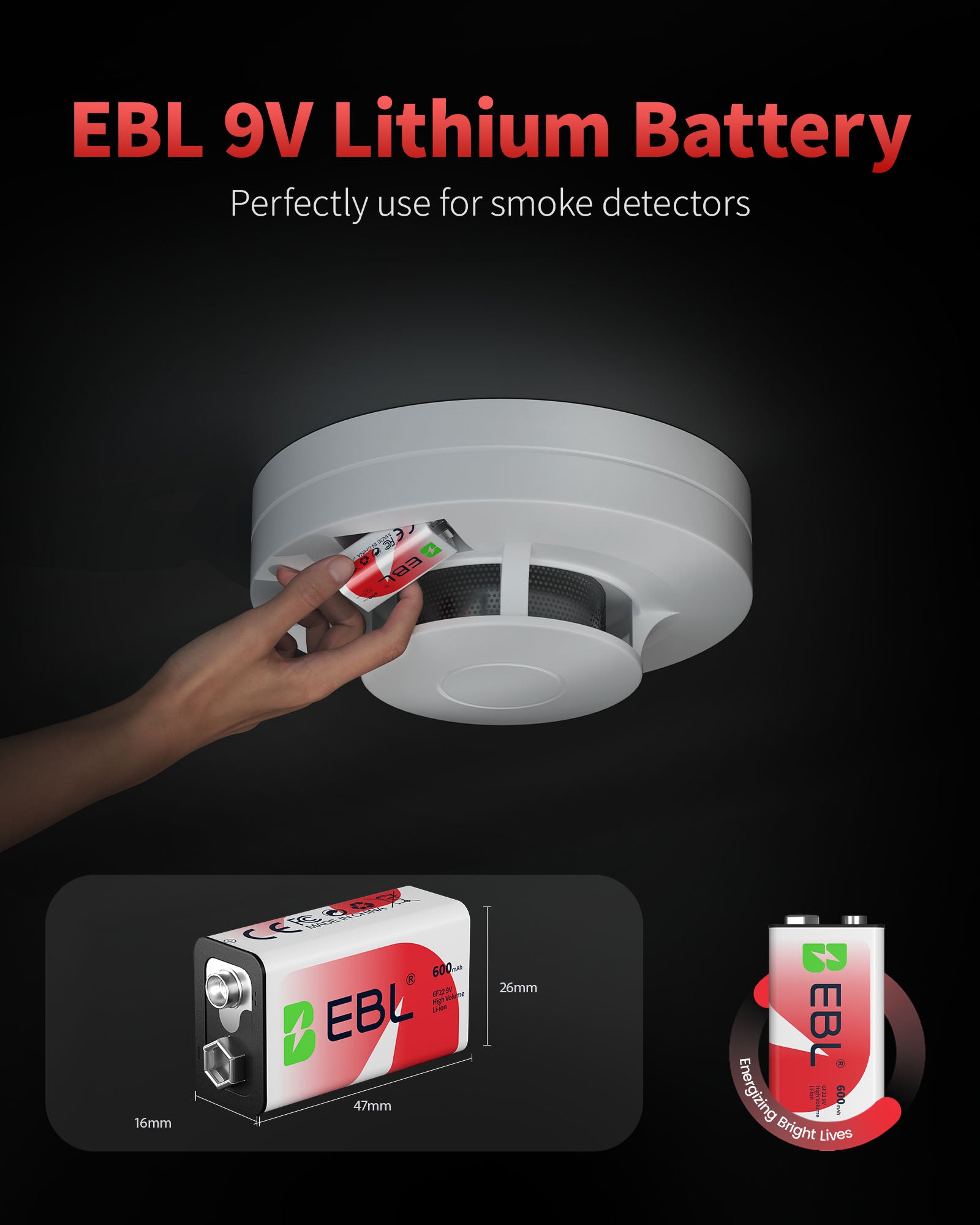
Leave a comment
All comments are moderated before being published.
This site is protected by hCaptcha and the hCaptcha Privacy Policy and Terms of Service apply.